Born in 1941 in Fort Wayne, Indiana, Bruce Nauman has been recognized since the early 1970s as one of the most innovative and provocative of America’s contemporary artists. Nauman finds inspiration in the activities, speech, and materials of everyday life. Confronted with the question “What to do?” in his studio soon after leaving school, Nauman had the simple but profound realization that “If I was an artist and I was in the studio, then whatever I was doing in the studio must be art. At this point art became more of an activity and less of a product.”
https://art21.org/watch/art-in-the-twenty-first-century/s1/identity/
start at 2;20, 13 minutes
https://www.youtube.com/watch?v=x7DWz_jMtR4
https://www.youtube.com/watch?v=cOB5L89cC8A
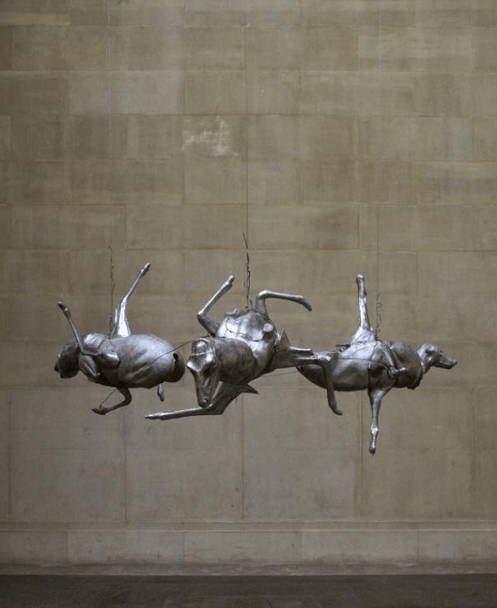
Untitled (three large animals), 1989
Untitled (Three Large Animals) is one of a series of works Nauman has made using ready-made taxidermic molds which are normally used in modelling stuffed animals. It is closely related to Untitled (Two Wolves, Two Deer) (private collection) which was made earlier in the same year, and constructed from the same animal parts. In both works the artist has created hybrid creatures of impossible anatomical structure using the disparate sections of the two animals, wolf and deer. By using thin wire to join and suspend the animals in a circular formation, Nauman creates a sense of delicacy at odds with the brutality of the processes evoked by the animals’ severed and reconstituted forms. Connecting predator and prey on an equalizing level, the hybrids propose all animal life as similarly vulnerable.
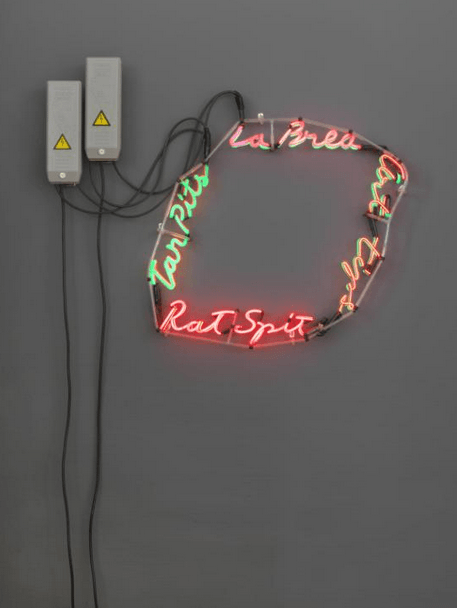
La Brea/Art Tips/Rat Spit/Tar Pits (1972)
For his 1972 retrospective, Nauman proposed an outdoor work that would encircle the walls of the Los Angeles County Museum of Art, which stands adjacent to a famous prehistoric site, La Brea Tar Pits. The piece included the name of the site along with two anagrams of these four words depicted in neon tubing. This work is an indoor version that Nauman made in the same year. Throughout the early 1970s Nauman created several more luminous signs that used a combination of witty word games and bold colour to disturb the meaning of everyday phrases and expressions.
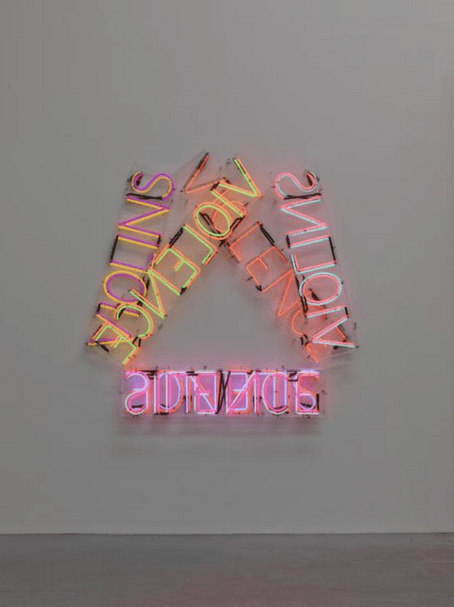
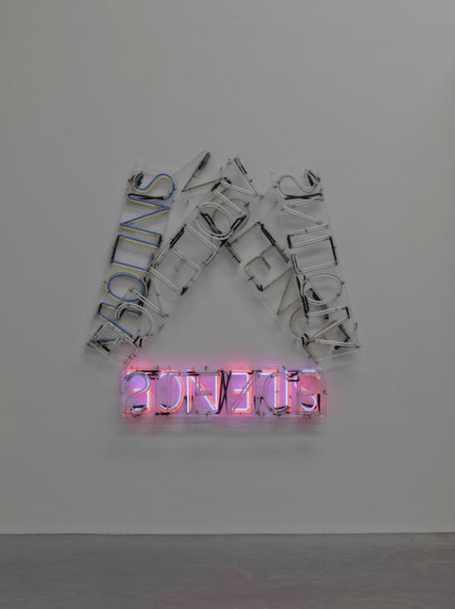
Violins Violence Silence (1981-2)
This wall-hung work comprises the words ‘VIOLINS’, ‘VIOLENCE’, and ‘SILENCE’ spelled out in coloured neon tubing. Each word appears twice; one of each pair is written left to right while the other is presented backwards from right to left. The six words are composed to form a loosely triangular shape, the horizontal bottom of which consists of two instances of the word ‘SILENCE’, one overlaid on top of the other so that the individual letters are barely distinguishable.
“Art critic Gregory Volk has detected links between the words in the form of a narrative, noting that ‘violence often results in violins, as in funeral music, as well as in silence: The silence of victims and the silence of those who chose not to bear witness or to oppose’ (Ketner, Kraynak and Volk 2006, pp.71).”
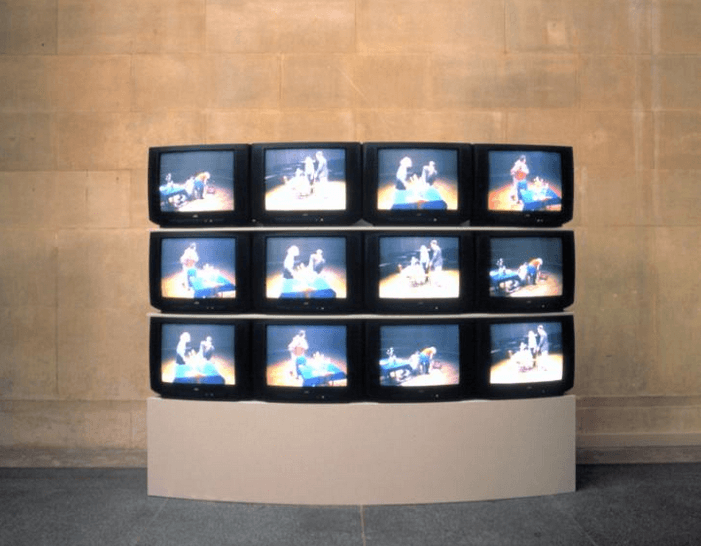
Violent Incident (1986)
In 1973 Nauman employed professional actors for the first time in his videotapes, previously having used his own body. He then stopped working with video for twelve years, returning to it in 1985 (see Good Boy, Bad Boy Tate T06853). He has said that the confrontational work he made around this time stemmed from his feelings of ‘anger and frustration … My work comes out of being frustrated about the human condition. And about how people refuse to understand other people. And about how people can be cruel to each other. It’s not that I think I can change that, but it’s just such a frustrating part of human history.’
Artworks sourced from the Tate website
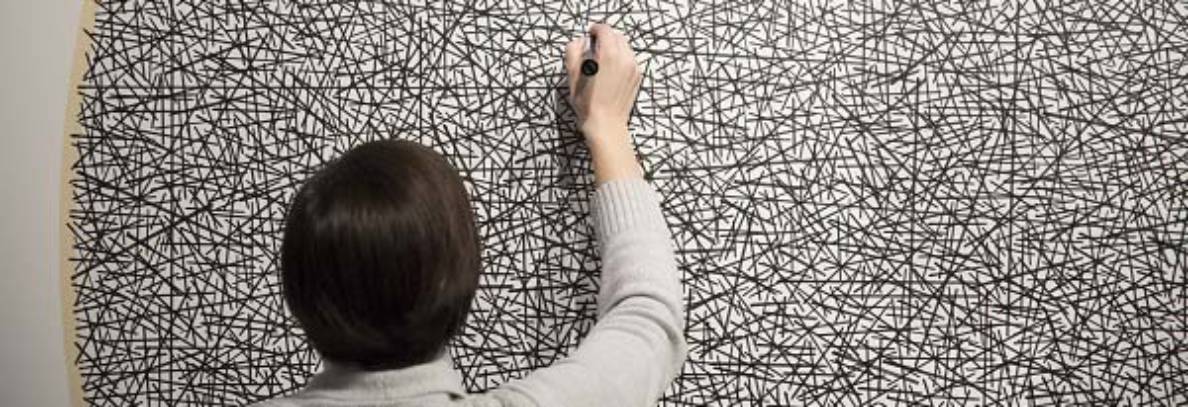
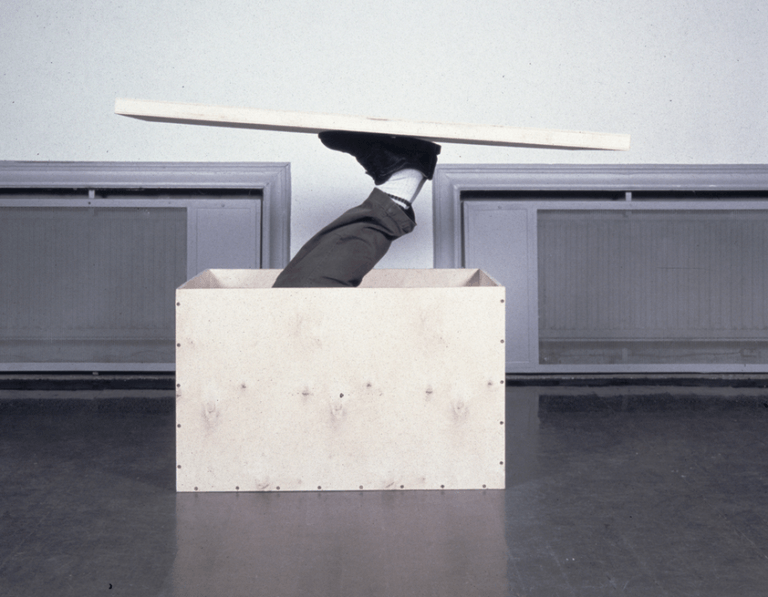
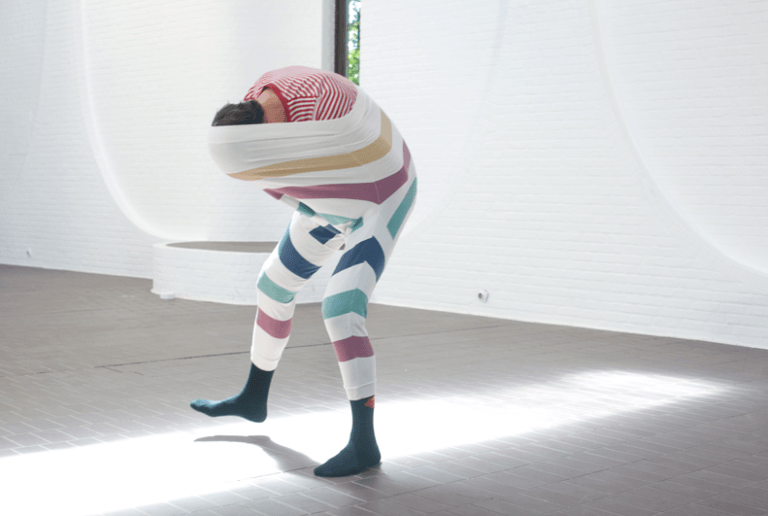
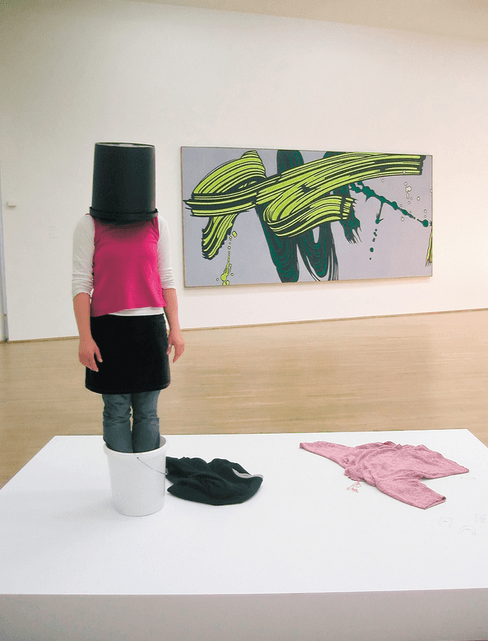
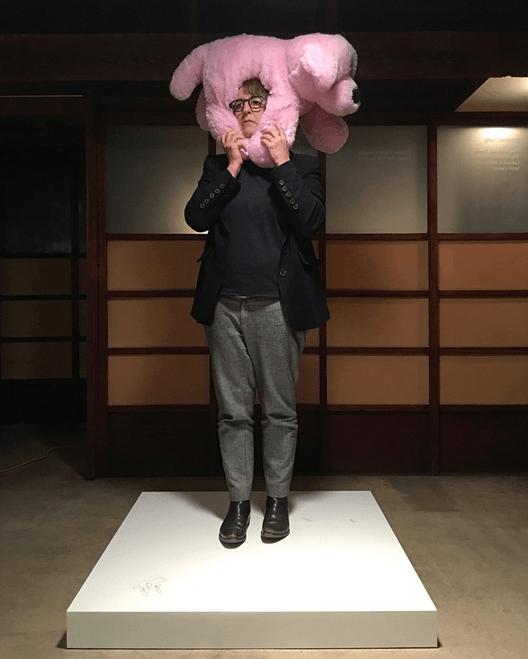

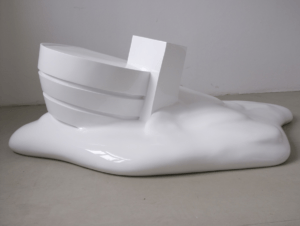
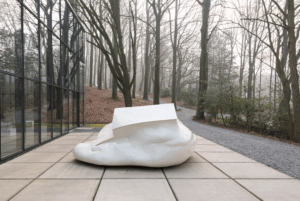
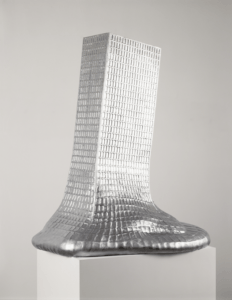
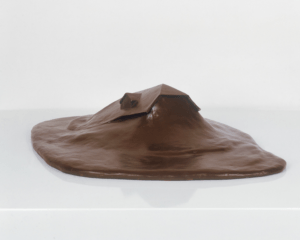
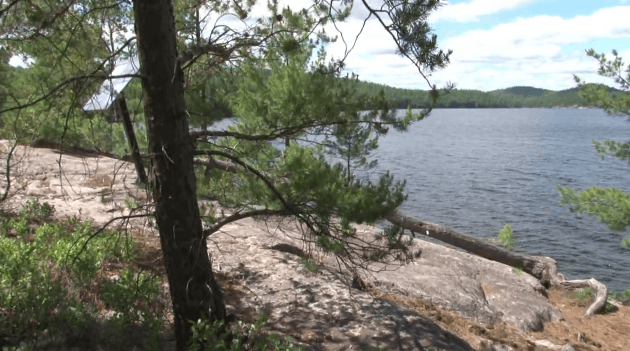
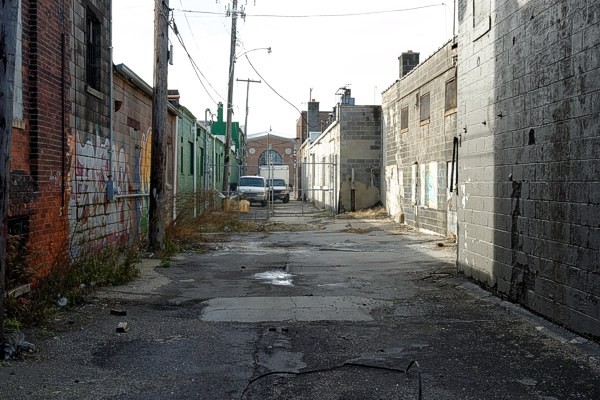
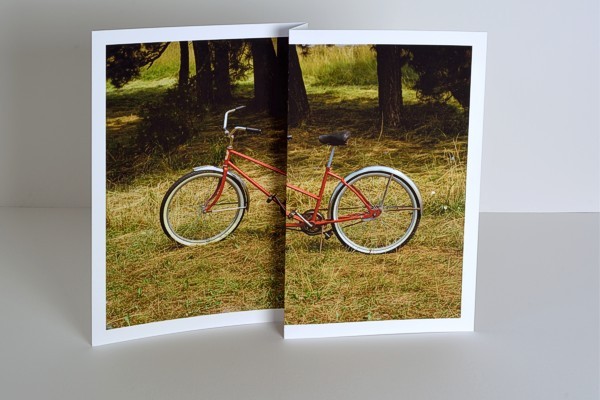
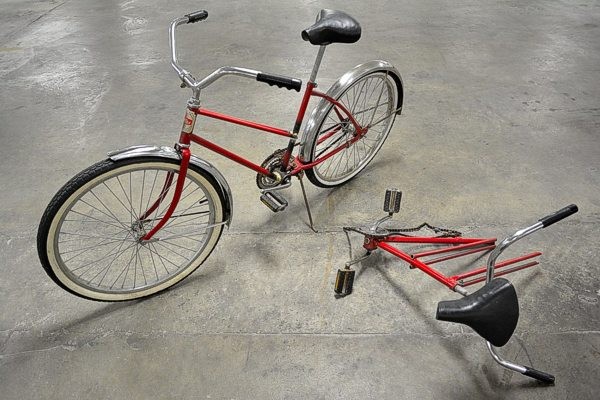

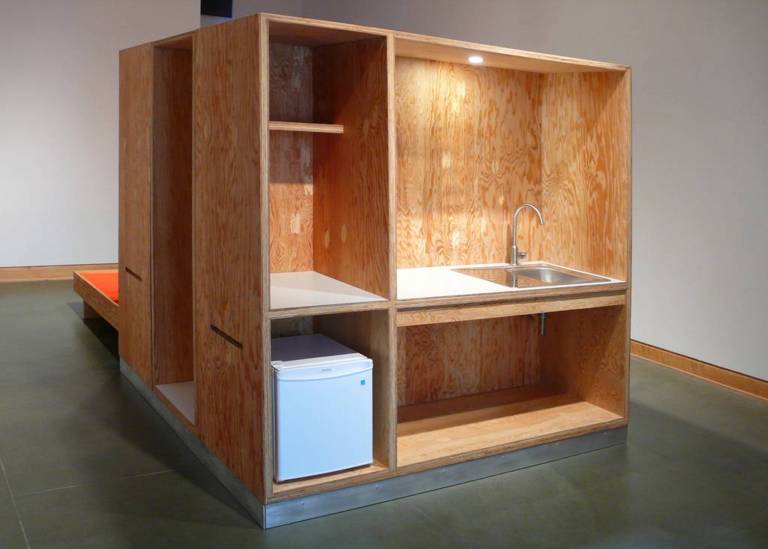

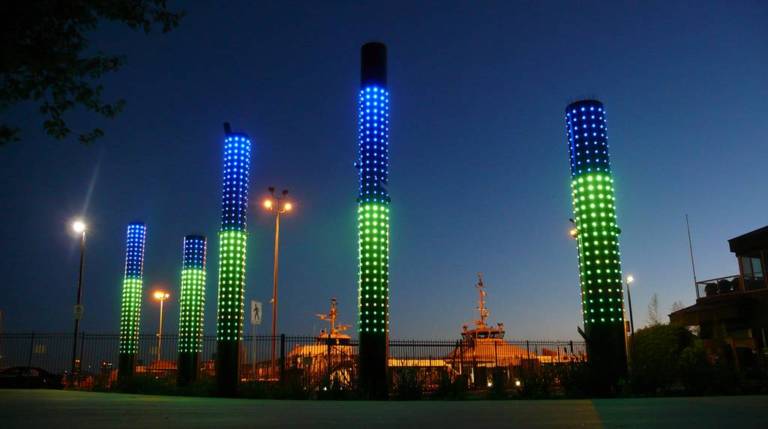
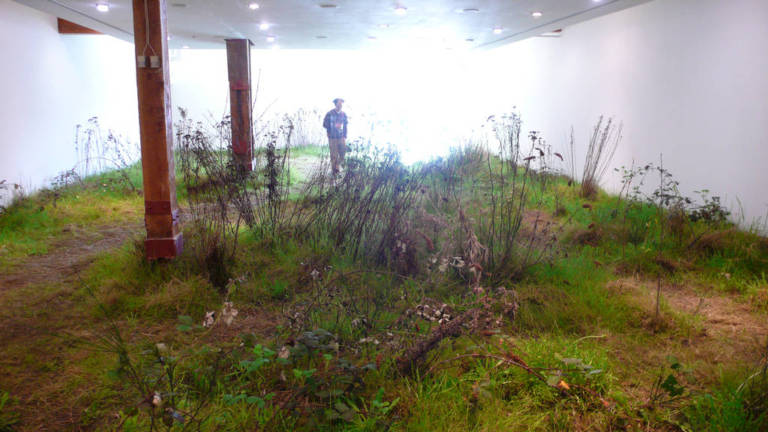

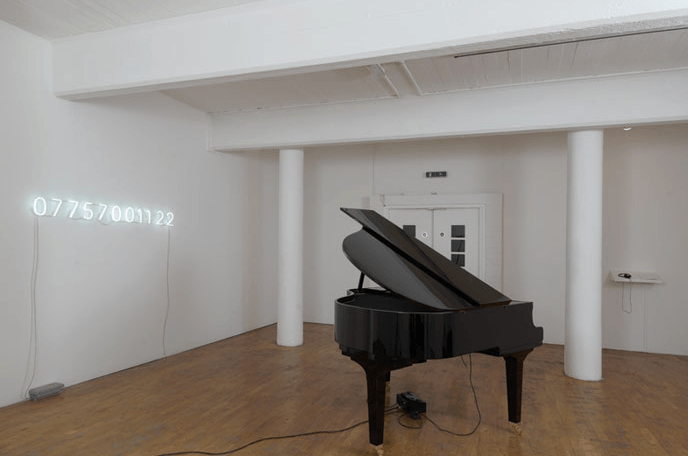
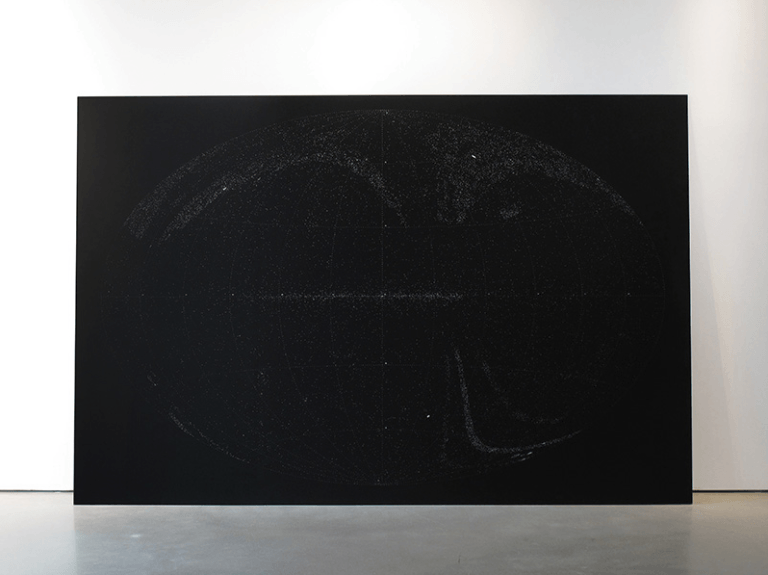
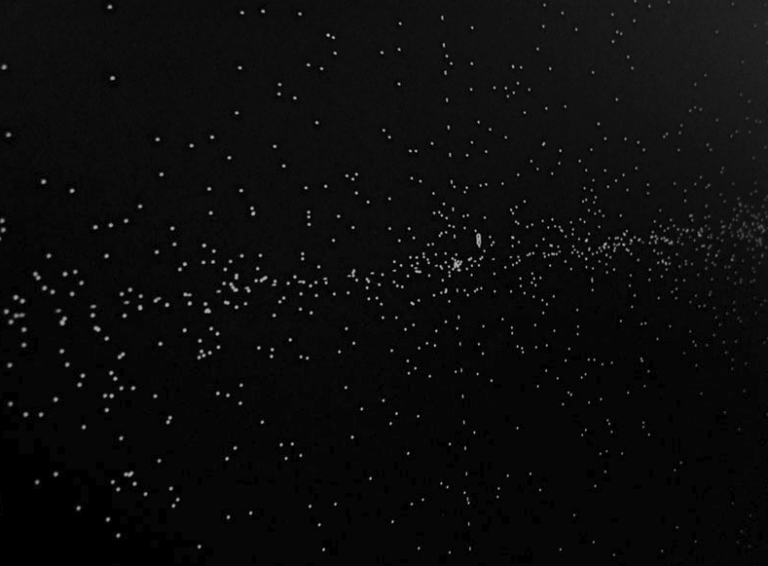
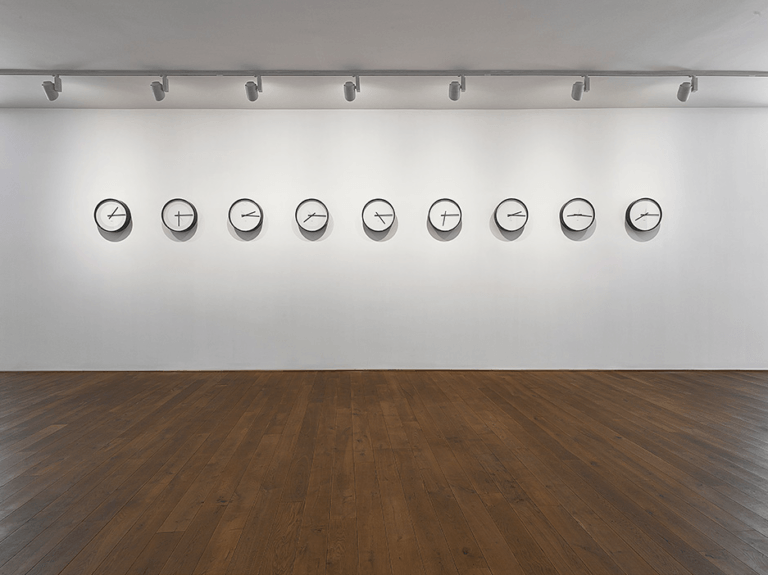
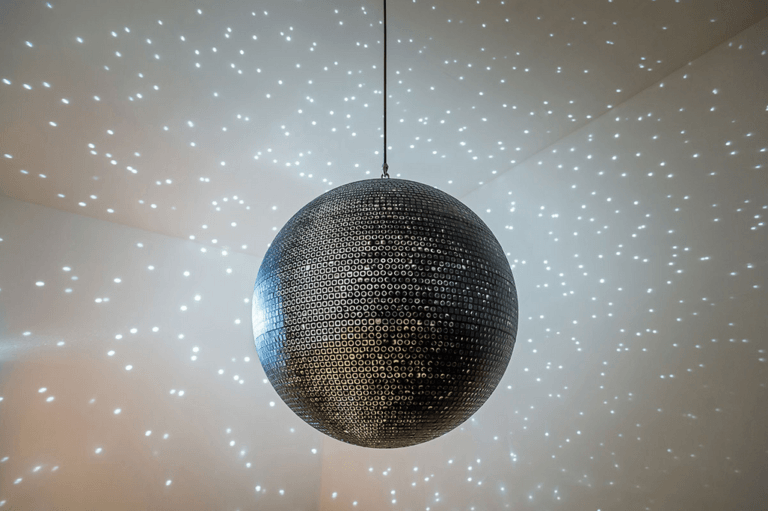
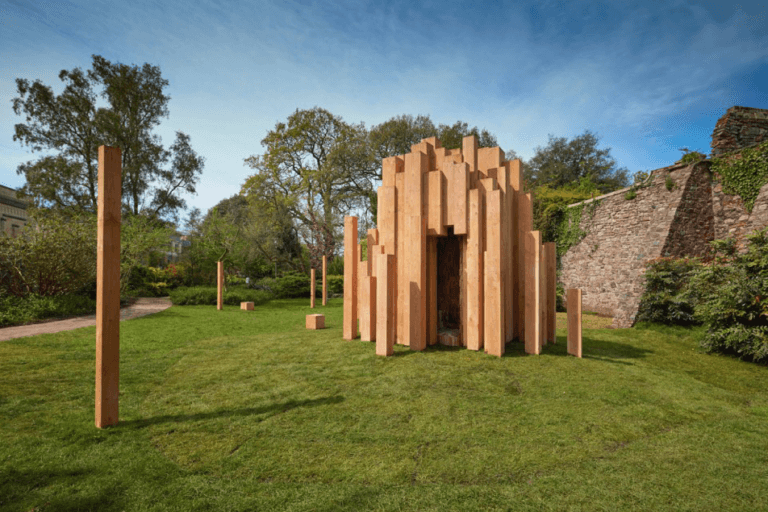
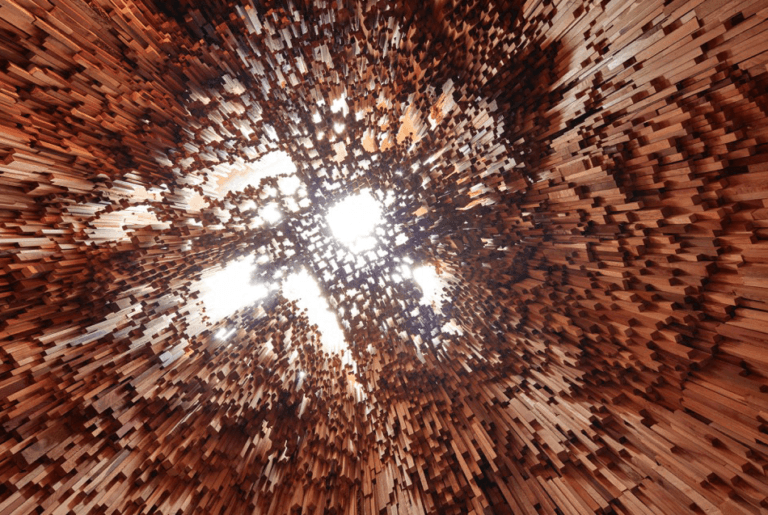
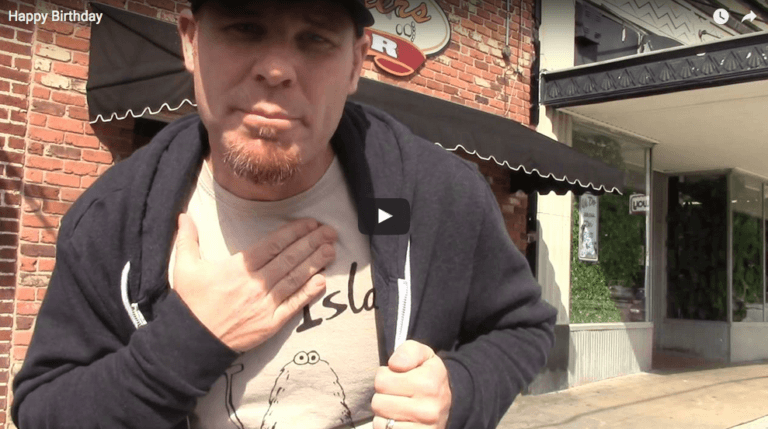
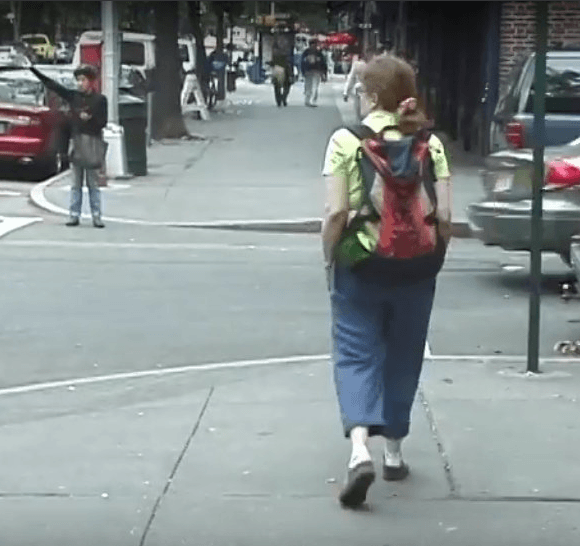

You must be logged in to post a comment.